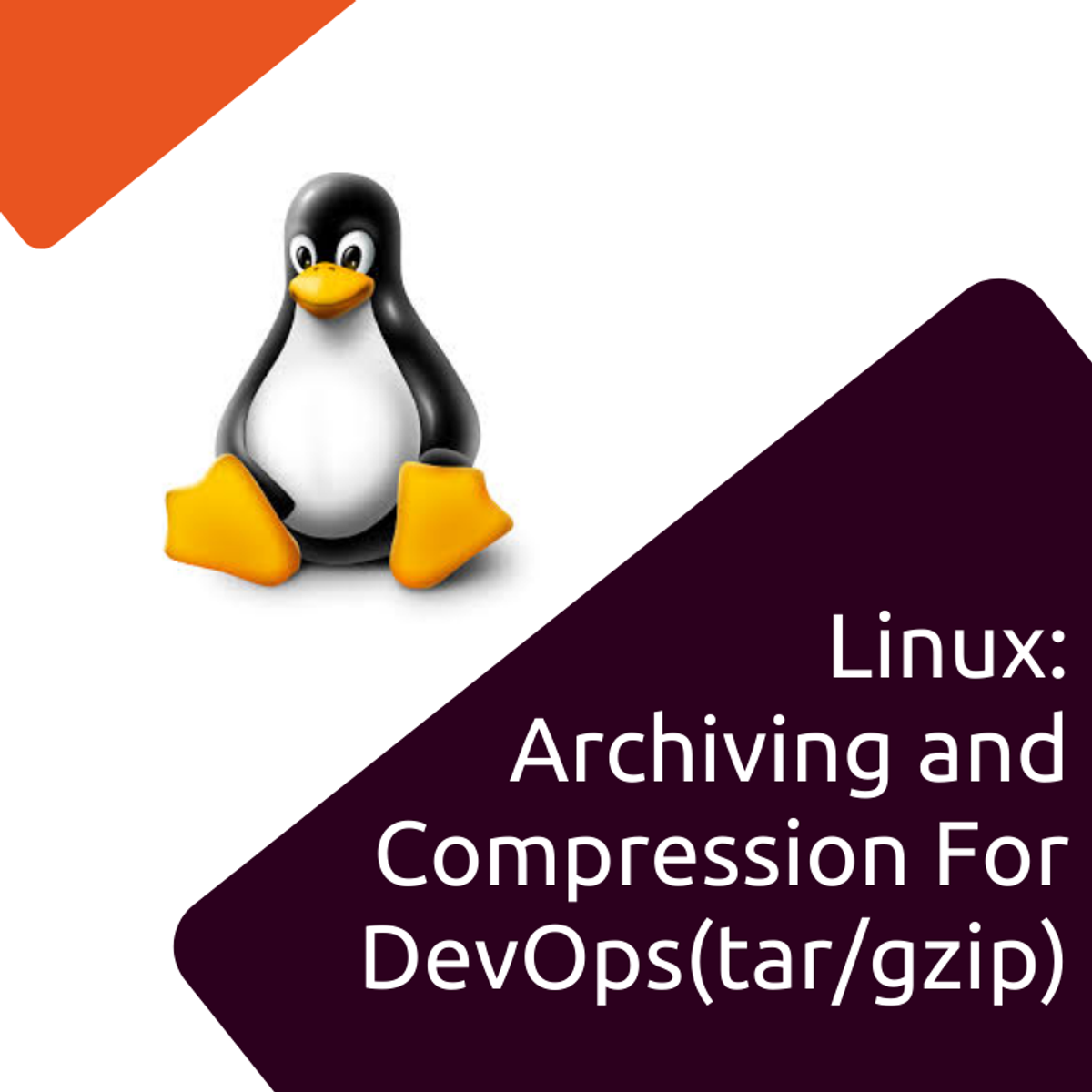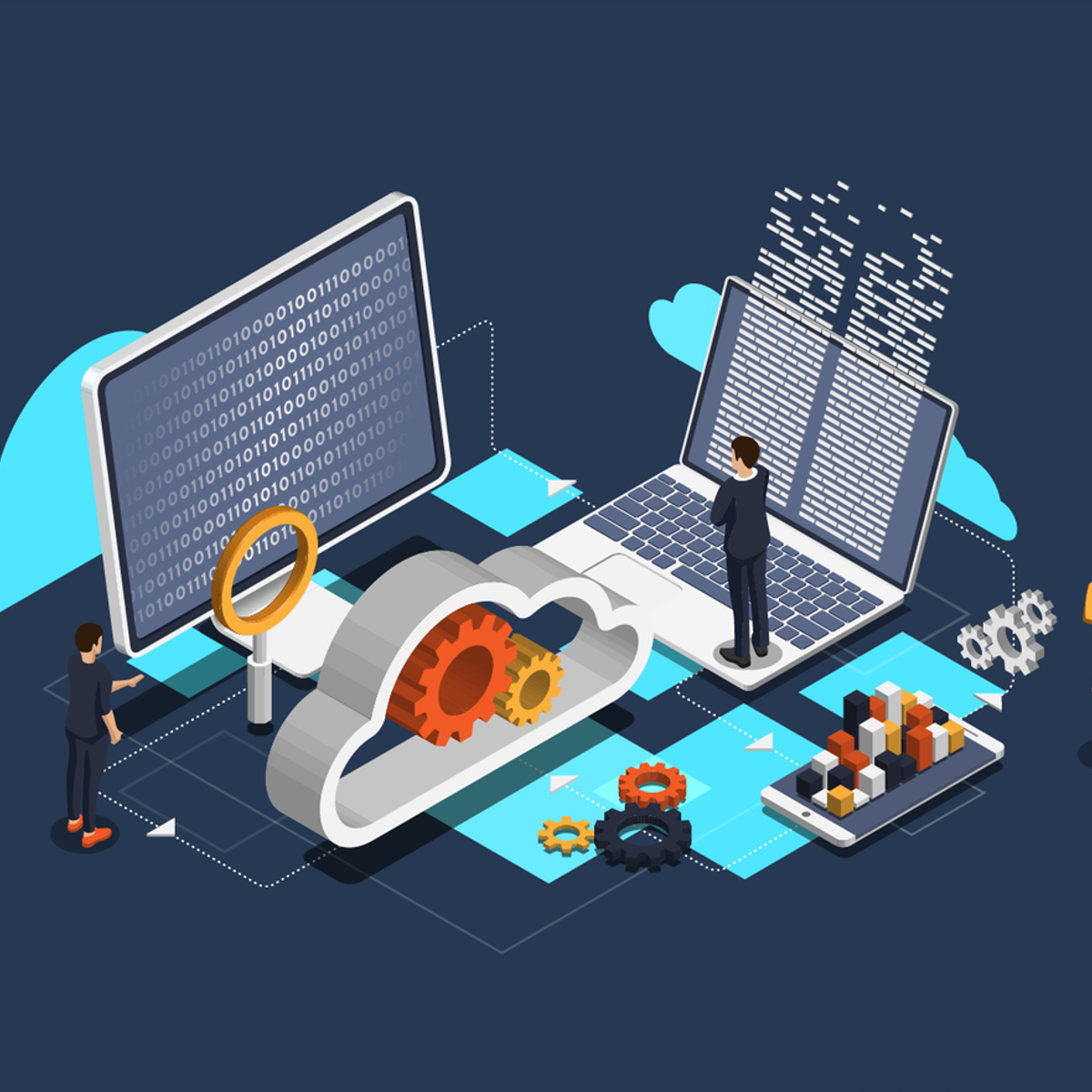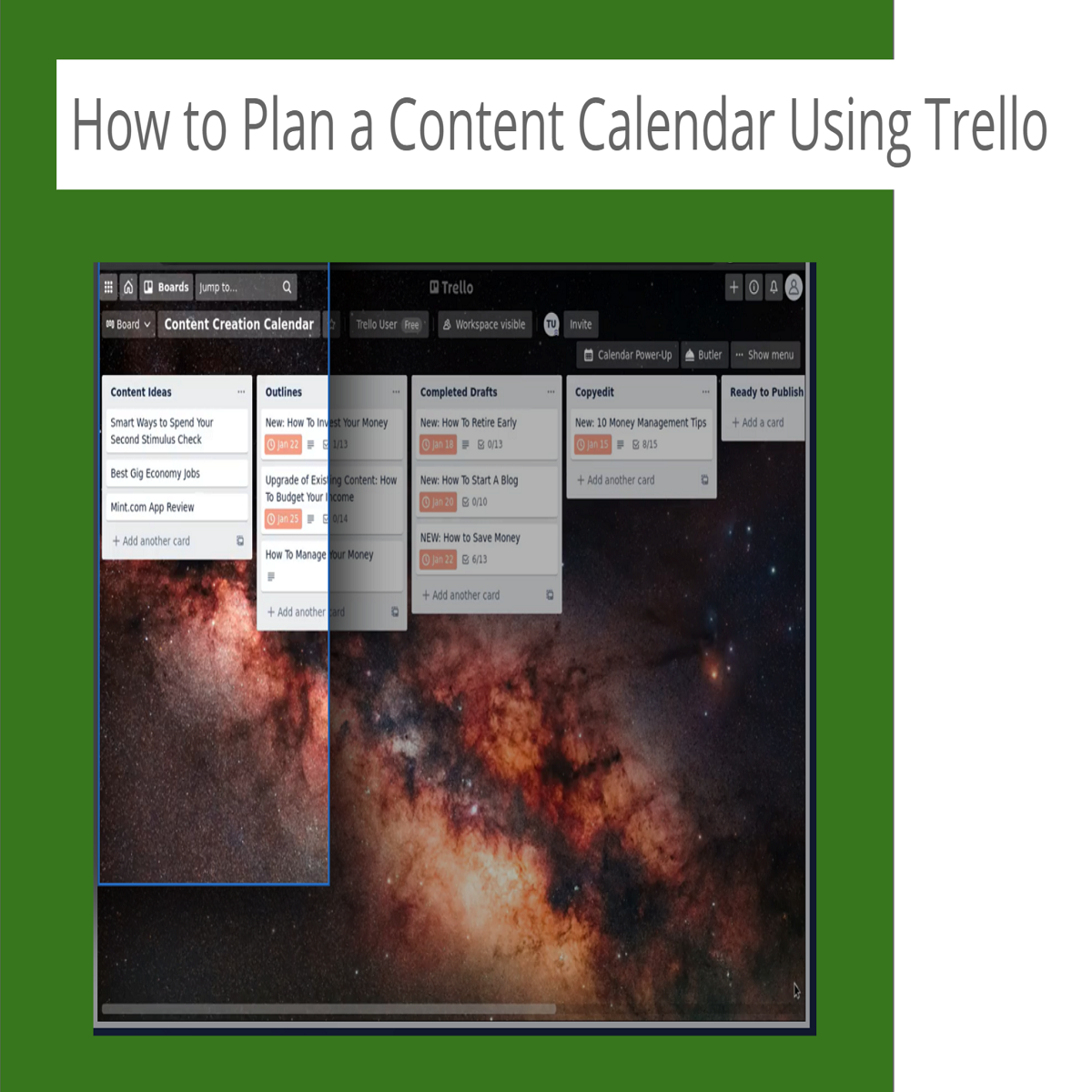Back to Courses









Information Technology Courses - Page 4
Showing results 31-40 of 1471

Splunk Search Expert 103
In this course, you will learn how to calculate co-occurrence between fields and analyze data from multiple datasets, increase your knowledge of searching and learn how to work with multivalue data. In addition, you will learn tips and tricks to improve search performance using accelerations.

Linux: Archiving and Compression for DevOps (tar/gzip)
In this 1-hour long project-based course on Linux: Archiving and Compression for DevOps you will be working entirely on the command line and using powerful Linux commands using tar and various compression commands such as gzip and bzip2 to learn how file archiving and compression works in Linux. You will be archiving a Wordpress directory of files and compressing the archive using various compression formats. You will no longer be mystified by what these commands and options are doing, and you will understand the structure of these various commands better.
This course is designed for any person working or who intends to work with Linux, from Linux system administrators to developers and DevOps practitioners. Or even if you are a student who is curious to get comfortable with Linux this course is for you also.
By the end of this course, you will have used the main commands on a real file directory and archived and compressed as well as unarchived and decompressed real files in various formats. Most importantly you will be comfortable to do so with ease going forward. This will also allow you to possess an important foundation of Bash scripting.
This is an intermediate level course and is designed for an individual who has a beginner's knowledge of the Linux/Unix command line and Unix crud practices in computer science.
Note: This course works best for learners who are based in the North America region. We’re currently working on providing the same experience in other regions.

Running a MongoDB Database in Kubernetes with StatefulSets
This is a self-paced lab that takes place in the Google Cloud console. Containers are becoming a popular way to run and scale applications across multiple cloud providers or on both cloud and on-premise hardware. This lab provides a quick introduction to running a MongoDB database on Kubernetes Engine using Docker.

Microsoft Azure Relational Databases
In this 2-hour long tutorial, you will learn how to create, and configure a Microsoft Azure Database for MySQL server and database. We will do this by walking through the process of creating a free trial subscription on Azure, logging in and getting familiar with the Azure Portal. We will create a Resource Group in preparation for creating the Azure database and then step through the process of configuring and deploying an Azure Database for MySQL server. From here we will connect securely to the cloud based server and create a new database. We will then populate the database with some sample data, query and update the data using the MySQL command line tool. Once complete we will restore the database to a point in time using the Azure restore database process and finally clean up unused resources keeping costs to a minimum. The skills learned in this guided project provide the foundation to understanding and implementing Azure Relational Databases specifically in relation to MySQL which is a fully managed database offering from Microsoft Azure.
Note: This course works best for learners who are based in the North America region. We’re currently working on providing the same experience in other regions.
If you enjoy this project, we recommend taking the Microsoft Azure Data Fundamentals DP-900 Exam Prep Specialization: https://www.coursera.org/specializations/microsoft-azure-dp-900-data-fundamentals

Security and Privacy for Big Data - Part 2
This course sensitizes regarding privacy and data protection in Big Data environments. You will discover privacy preserving methodologies, as well as data protection regulations and concepts in your Big Data system. By the end of the course, you will be ready to plan your next Big Data project successfully, ensuring that all privacy and data protection related issues are under control. You will look at decent-sized big data projects with privacy-skilled eyes, being able to recognize dangers. This will allow you to improve your systems to a grown and sustainable level.
If you are an ICT professional or someone who designs and manages systems in big data environments, this course is for you! Knowledge about Big Data and IT is advantageous, but if you are e.g. a product manager just touching the surface of Big Data and privacy, this course will suit you as well.

Supervised Machine Learning: Regression
This course introduces you to one of the main types of modelling families of supervised Machine Learning: Regression. You will learn how to train regression models to predict continuous outcomes and how to use error metrics to compare across different models. This course also walks you through best practices, including train and test splits, and regularization techniques.
By the end of this course you should be able to:
Differentiate uses and applications of classification and regression in the context of supervised machine learning
Describe and use linear regression models
Use a variety of error metrics to compare and select a linear regression model that best suits your data
Articulate why regularization may help prevent overfitting
Use regularization regressions: Ridge, LASSO, and Elastic net
Who should take this course?
This course targets aspiring data scientists interested in acquiring hands-on experience with Supervised Machine Learning Regression techniques in a business setting.
What skills should you have?
To make the most out of this course, you should have familiarity with programming on a Python development environment, as well as fundamental understanding of Data Cleaning, Exploratory Data Analysis, Calculus, Linear Algebra, Probability, and Statistics.

Programming with Cloud IoT Platforms
Internet of Things (IoT) is an emerging area of information and communications technology (ICT) involving many disciplines of computer science and engineering including sensors/actuators, communications networking, server platforms, data analytics and smart applications. IoT is considered to be an essential part of the 4th Industrial Revolution along with AI and Big Data. This course aims at introducing IoT Cloud platforms from Samsung, Microsoft, Amazon, IBM and Google and how they can be used in developing IoT applications. This course will be offered in English. Subtitles/captions in English and will be also provided.
IoT (Internet of Things, 사물인터넷)는 최근 중요한 정보통신기술로 주목 받고 있으며 센서/ 제어기, 통신 네트워크, 서버 플랫폼, 데이터 분석, 스마트 앱 등의 컴퓨터공학 기술들이 융합된 기술입니다. IoT는 인공지능, 빅데이터와 함께, 4차산업혁명의 3대 핵심 기술 중 하나로 손꼽히고 있습니다. 글로벌 Cloud 서비스 제공자들이 IoT를 특별히 지원하기 위하여 개발한 IoT Cloud 플랫폼들을 소개합니다. 이것들을 활용하여 다양한 IoT 어플리케이션을 개발할 수 있습니다. 본 과목은 영어로 진행되며, 영문자막(일부 한글과 영문 모두)을 제공합니다.

Read an Input File with COBOL
In this project you will use COBOL code to read the data records from a sequential file. You will code, compile, and run programs using the PC-based COBOL IDE called OpenCobolIDE. Since COBOL is often used with large amounts of data, the ability to process files—to read the records in them as input and write the records as output—is a critical skill for any COBOL programmer.

How to Plan a Content Calendar using Trello
Content creation and managing when it is created is key to business in the online world. Finding tools to manage your content calendar will help to make the job much easier. By the end of this project you will have a content creation calendar on Trello that makes it a breeze.
Note: This course works best for learners who are based in the North America region. We’re currently working on providing the same experience in other regions.

SQL CASE Statements
Welcome to this project-based course, SQL CASE Statements. In this project, you will learn how to use SQL CASE statements to query tables in a database.
By the end of this 2-hour long project, you will be able to write simple CASE statements to retrieve the desired result from a database. Then, we will move systematically to write more complex SQL CASE statements. Furthermore, we will see how to use the CASE clause together with aggregate functions, and SQL joins to get the desired result you want from tables in a database. Also, you will learn how to use the CASE clause to transpose the result of a query.
Also, for this hands-on project, we will use PostgreSQL as our preferred database management system (DBMS). Therefore, to complete this project, it is required that you have prior experience with using PostgreSQL. Similarly, this project is an advanced SQL concept; so, a good foundation for writing SQL queries, and performing joins in SQL is vital to complete this project.
If you are not familiar with writing queries in SQL and SQL joins and want to learn these concepts, start with my previous guided projects titled “Querying Databases using SQL SELECT statement", “Performing Data Aggregation using SQL Aggregate Functions” and “Mastering SQL Joins”. I taught these guided projects using PostgreSQL. So, taking these projects will give the needed requisite to complete this project on SQL CASE Statements. However, if you are comfortable writing queries in PostgreSQL, please join me on this wonderful ride! Let’s get our hands dirty!
Popular Internships and Jobs by Categories
Find Jobs & Internships
Browse
© 2024 BoostGrad | All rights reserved